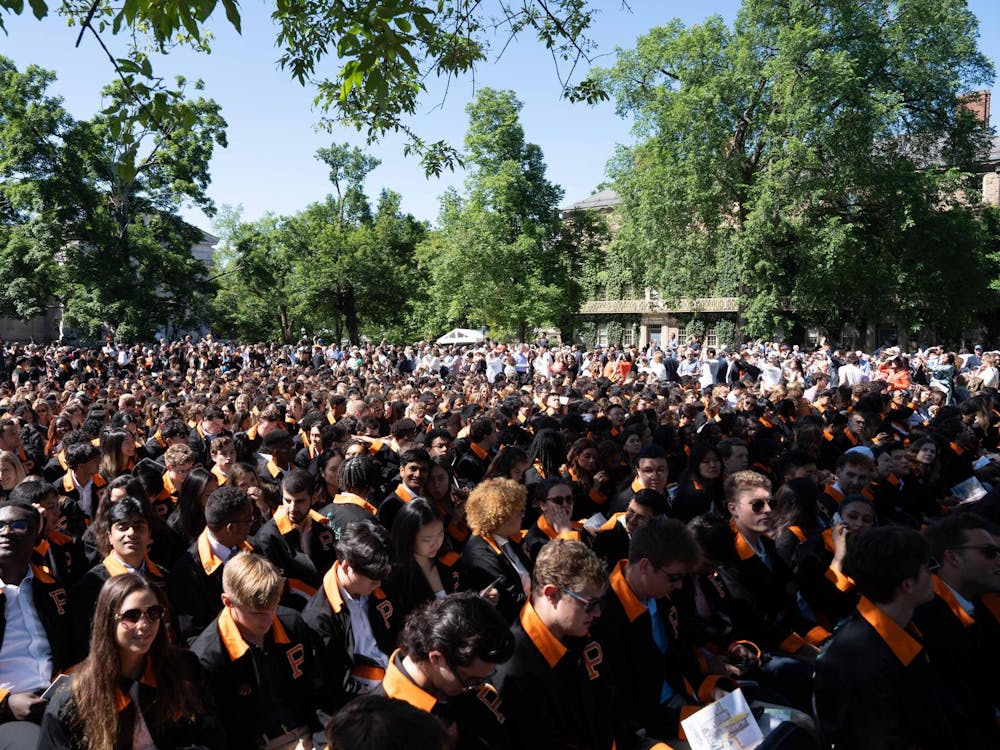Recently, the American Association of University Professors released its 2013-2014 Faculty Salary Survey. The survey investigated “trends, gender breakdowns, and comparisons of faculty salaries” at over 1000 colleges and universities. The survey found that while on the whole, Princeton pays its full professors more than most institutions, the average pay of female professors is just 89.9 percent of their male counterparts. This statistic parallels a similar discrepancy that pervades nearly all careers at the national level. This national gender pay gap was recently addressed by the Obama Administration with two executive orders meant to improve transparency of pay at federal contractors and businesses. While the discrepancy at Princeton may not be the result of intentional discrimination, the Board believes that the University should investigate the source of this difference and ensure that equal pay is given in return for equal work.
The difference between male and female professor salaries could be a due to a variety of factors. Historically, academia has been dominated by men. For this reason, it may be the case that a greater proportion of male faculty members have greater seniority, and so, receive more pay on the whole than female faculty members. It is also plausible that fewer women pursue professorships than men, and the 89.9 percent figure may reflect this confounding variable as well. Furthermore, the average faculty pay was not broken down into discipline-based averages – if male professors dominate highly paid fields, then the 89.9 percent figure might represent skewed representation in these departments. With only the knowledge of the average pay discrepancy across the board, it is impossible to know exactly whether or not — or to what degree — these confounding variables account for the 89.9 percent statistic. The Board urges the University to investigate the pay difference with attention to the above factors.
While the administration has started to take steps to improve faculty diversity, the Board believes that an investigation of faculty pay might reveal policy changes that could improve the discrepancy. In September 2013, the University released the Report of the Trustee Ad Hoc Committee on Diversity, a report that discussed the state of diversity at Princeton. The Board commends many of the recommendations the Committee made, including new methods to identify rising stars from underrepresented groups as well as greater support systems to retain early-career, tenure-track faculty. It is possible that improved hiring and retention of female professors could, in time, limit the impact of the higher salaries of older male professors on pay averages. However, the Board believes that more specific recommendations could be made to address the issue of pay discrepancy following a University-led investigation. Many of the Committee’s recommendations were issued with the broad goal of increasing diversity in the ranks of the faculty. Targeted policy is required if the University aims to ensure pay equality for its professors.
The Board believes that the pay discrepancy between male and female faculty members must be investigated and subsequently addressed with specific reforms if necessary. The pay difference may be the result of variety of factors, and only closer examination of pay data can reveal the underlying causes behind the broad 89.9 percent statistic. The AAUP report found pay discrepancies at several of our peer institutions, and the Board believes that Princeton should take the lead in addressing the report’s findings. While factors outside the University’s control will inevitably continue to affect the composition of our faculty, the University should continue to consider various avenues by which it can ensure that faculty pay is fair.







